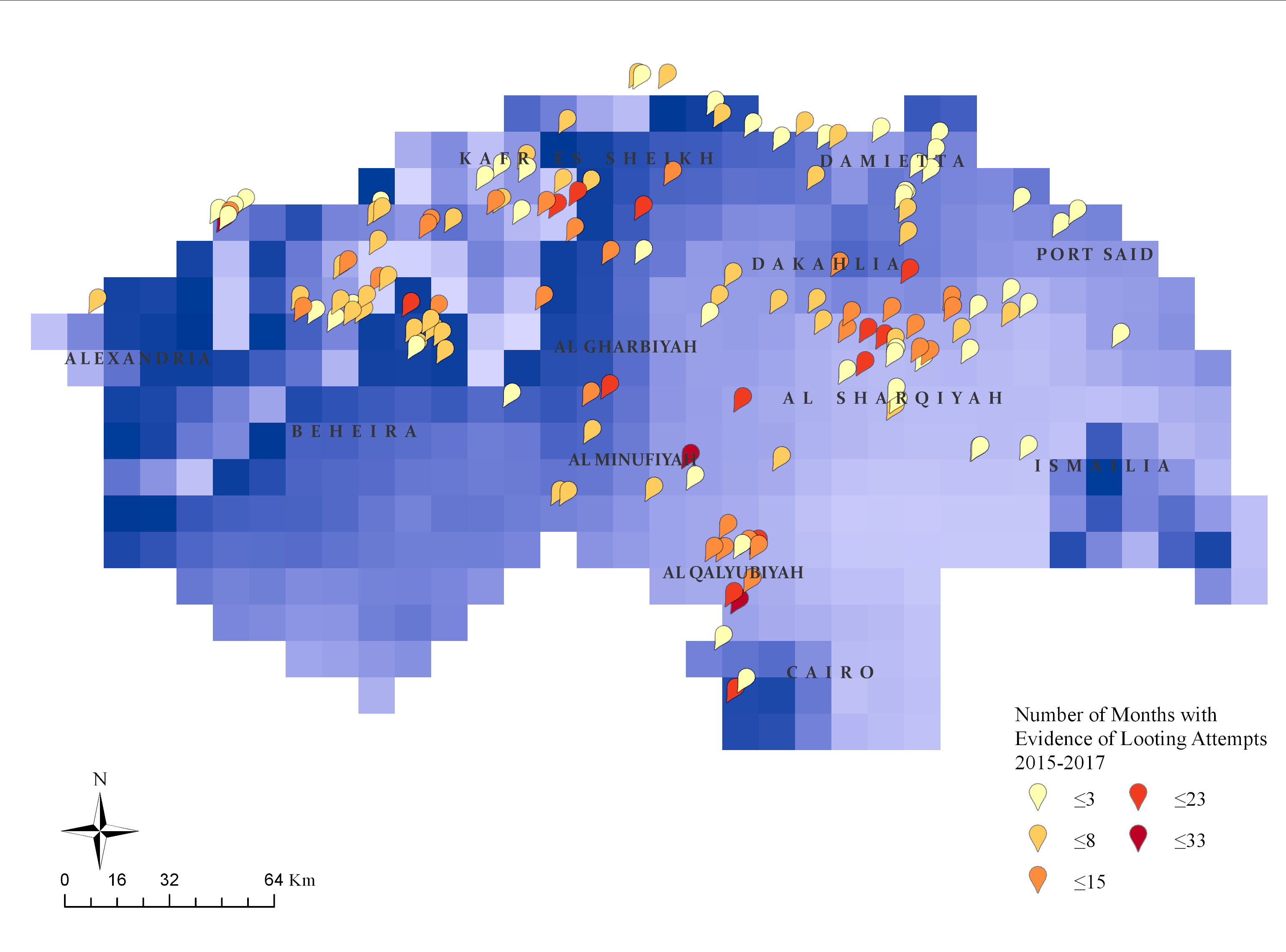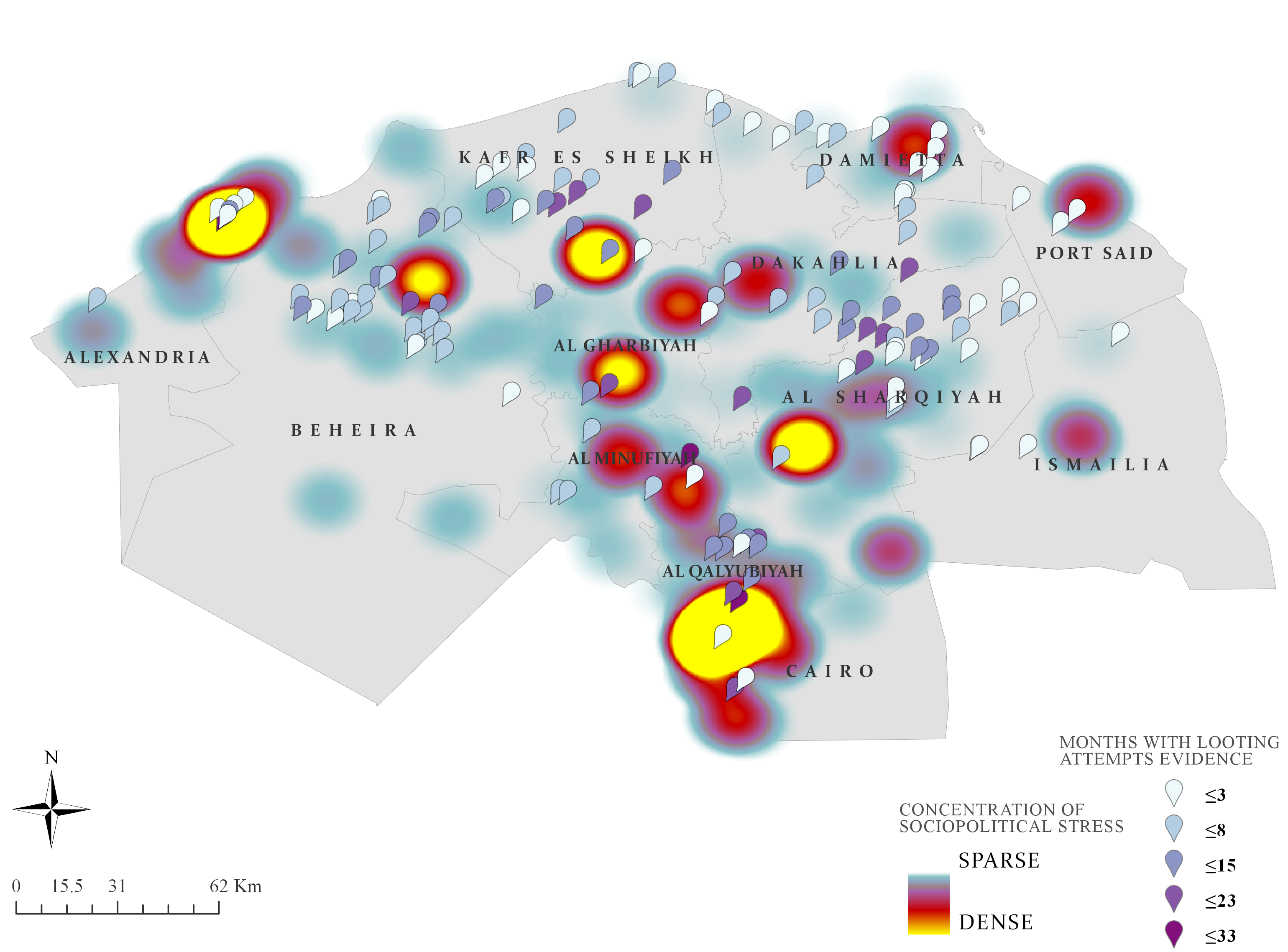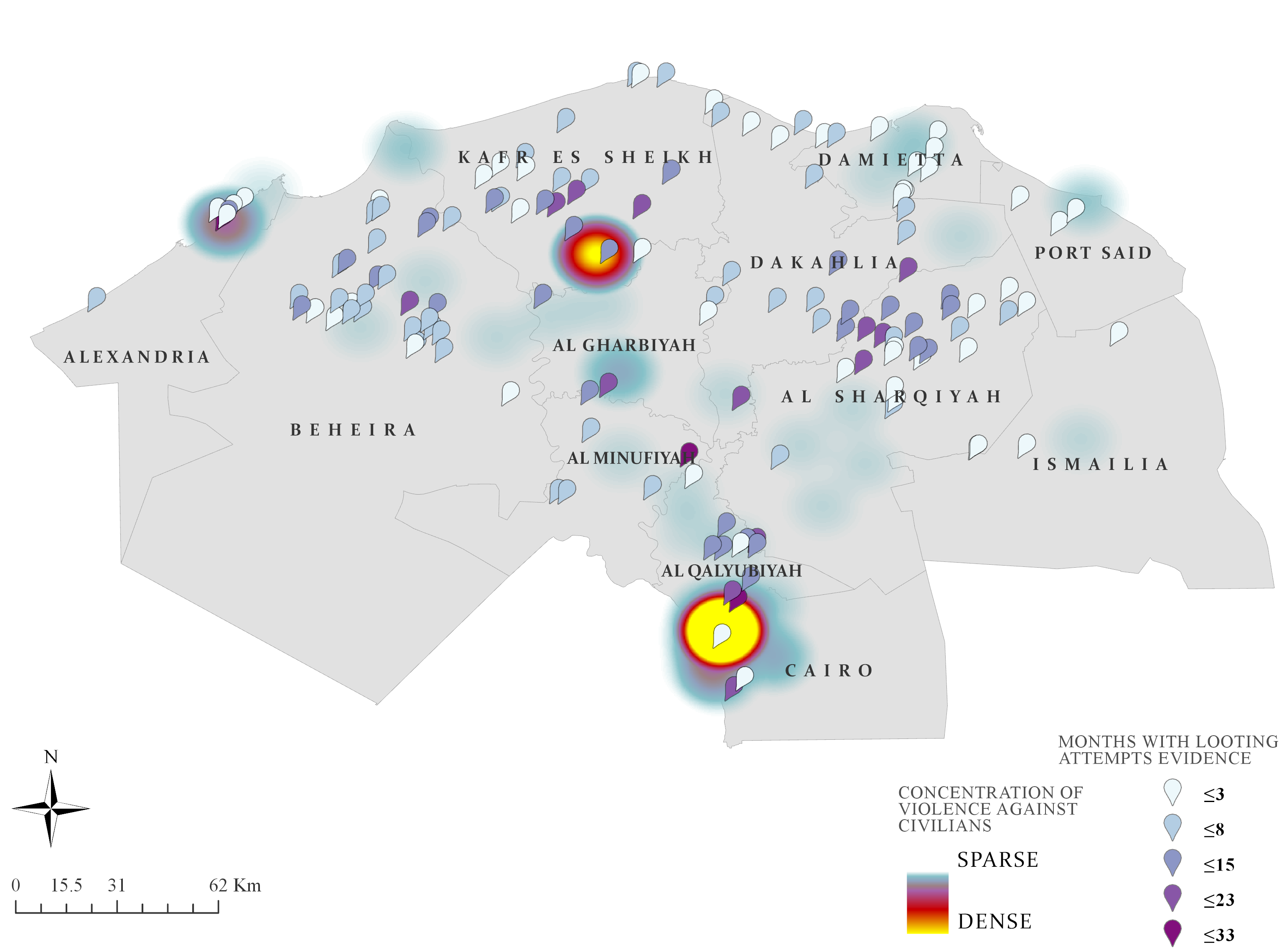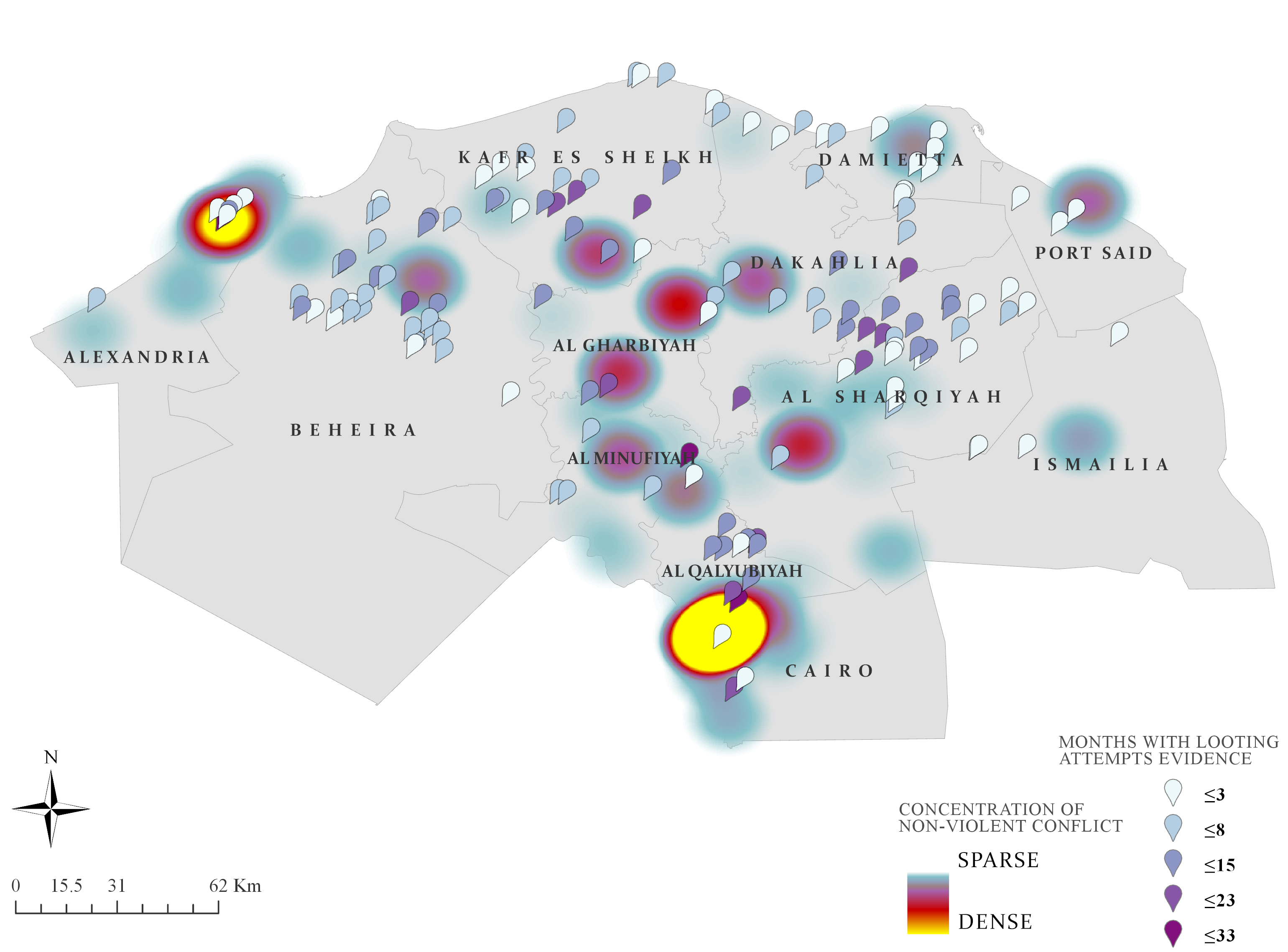FORTHCOMING
“The Space Between: Spatial Patterns of Archaeological Looting Attempts and Conflict in Lower Egypt”
by Michelle Fabiani
In Kate Burmon, Michelle Fabiani, and Saskia Hufnagel (eds). Cultural Property Crime and the Law: Global Perspectives.
2021
“Offender Motivations and Expectations of Data in Antiquities Looting”
by Michelle Fabiani
In D. Yates and N. Oosterman (eds.). Crime and Art: Sociological and criminological perspectives of crimes in the art world. Springer.
LEARN MORE2020
“Archaeological Looting in Space and Time: Building a Baseline For Future Prevention”
by Michelle Fabiani
Michelle Smith Collaboratory for Visual Culture in the Department of Art History. November 13
LEARN MORE2019
“Spatial and Temporal Patterns of Archaeological Looting: A Proposed Methodology for Data Collection and Analysis”
by Michelle Fabiani
American Society of Criminology Annual Meeting, November 13-16, San Francisco, CA.
2018
“Spatial and Temporal Patterns of Archaeological Looting in Egypt”
by Michelle Fabiani
Michelle Smith Collaboratory for Visual Culture in the Department of Art History. November 28.
LEARN MORE“Contextualizing Archaeological Looting in Egypt”
by Michelle Fabiani
School of Architecture, Planning, and Preservation. October 8.
“Geographic Proximity of Armed Conflict to Antiquities Looting”
by Michelle Fabiani
Transatlantic Cultural Property Crime Symposium, June 28-29. London, UK.
LEARN MORE







